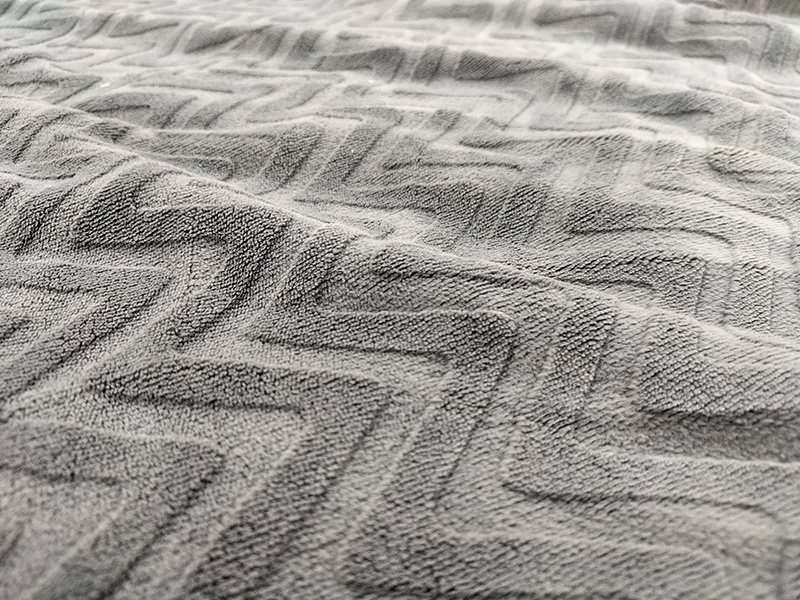How to choose the core yarn for textile core yarn?
2023-04-19
When selecting core-spun yarn, the twist coefficient of the core-spun yarn, the prevention of hard ends, the preferred wire ring, and the fixed twist of the core-spun yarn should be considered.
Choice of twist coefficient: For general rigid core-spun yarn, the twist coefficient should be about 10% larger than that of ordinary yarn, and the commonly used twist coefficient range is 350~400. For elastic core-spun yarn, the twist coefficient should be 10~20% larger than that of ordinary yarn, and the general range is also 350~400. For cotton hollow core-spun yarn, if the twist coefficient is low, the combination of the sheath yarn and the core yarn is loose, and the low strength is easy to produce white yarn. If the twist is too high, it is easy to produce core-missing yarn and it is difficult to form a fuse. Too high a twist is easy to cause weft narrowing defects and weft skewness of textiles during weaving.
Preventing hard ends: When spinning core-spun yarn, the yarn tension of the core yarn increases the guiding force of the front roller. Therefore, if the front roller's gripping force is insufficient, it is easy to produce "hard ends". The spinning process must be adjusted, and measures such as increasing the pressure of the front roller, increasing the jaw spacing, and appropriately enlarging the front middle roller spacing can be adopted to reduce the drafting force and prevent the front rubber roller from slipping backwards and causing hard ends.
Optimal selection of wire rings: Optimal selection of wire rings is very important when spinning core-spun yarns. Generally, filaments have poor thermal melting properties and low melting points, which can easily lead to thermal damage and wire breakage or wear during the operation of the wire ring. When selecting a wire ring, you should choose one with a wider channel to prevent the channel from crossing the wear area and damaging the filaments. Flat or semicircular cross-section wire rings are recommended for rigid core-spun yarns, and semicircular cross-section wire rings are recommended for elastic core-spun yarns. The former model can be 1~2 sizes heavier than traditional spun yarns, and the latter should be 1~2 sizes lighter than traditional yarns.
Twist setting of core-spun yarn: The purpose of twist setting is to stabilize the twist and elasticity of the yarn, to prevent kinks, uneven tension, weft shrinkage, etc. during the weaving process. The setting temperature is generally 85~90°C. The elastic core-spun yarn can be controlled at a lower temperature, and too high a temperature will affect the strength and elasticity of the core-spun yarn.
Through the above measures, the quality and performance of core-spun yarn can be effectively improved to meet the needs of different textiles.
Previous:
RELATED INFORMATION
How to choose the core yarn for textile core yarn?
2023-04-19
How to identify textiles by burning method?
2023-04-19
2023-04-19





